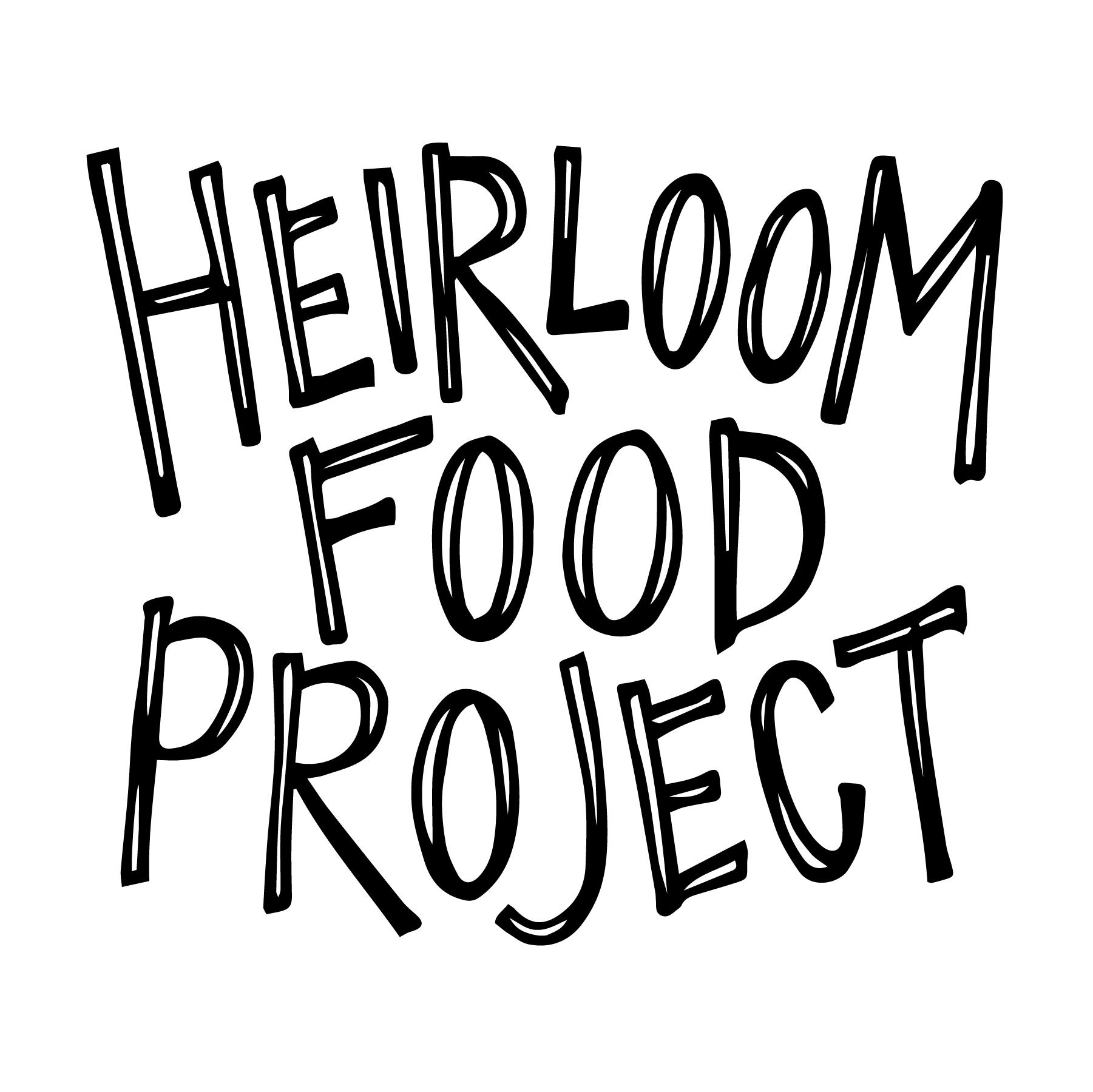How I Make Illustrated Recipes so you can preserve your food heritage
When I began taking commissions for illustrated recipes, I didn’t realize how deep and soulful the process would be. As I read through the personal stories attached to each recipe, it’s as if I can feel my heart actually warming. Treasured family recipes are a window into your dynamics, celebrations, and what you hold dear. What a privilege to be able to peer in.
Below is a glimpse into the process of making a recent illustration for Elke who wanted to memorialize her Oma’s Birthday Cake (aka Frankfurter Kranz).
Gather Notes on Stories & Style, and Sketch, Sketch, Sketch
By filling out the personal questionnaire, Elke gave me insight into the stories connected with this cake, as well as the style the art should embody. My job is to find elegant ways to incorporate all the small, personal details. It usually takes several sketches to think it through (not pictured: 5 more sheets of trace paper used to get the composition right) — but this is one of my favorite challenges, figuring out how to make each piece a true reflection of the family from which it comes.
2. Send the Best Sketch out for Feedback
Here are the hand-drawings I sent to Elke to kick off the process:
Before getting in too deep, I sent a sketch to Elke to make sure everything was looking right and to ask clarifying questions so the visuals would be as accurate as possible (i.e. ‘what types of nuts are used?’ or ‘is my drawing of the finished cake right?’)
3. Finalize the Sketch
Here are the corrections (left) and the final, revised sketch (right
Elke advised me to make sure the cake had a hole in the middle, as a core characteristic is that it’s made with a bundt pan. She also wanted me to make sure the brittle was full of sliced almonds, as those are what make the cake! Together, we edited down the text of the recipe so there was more room to depict fun things like buttercream and brittle.
4. Move to Watercolor Paper & Add Ink
After several rounds of tweaking on trace paper, it was time to transfer the drawing to its final destination – thick, watercolor paper – and let the games begin. I use waterproof pens that come in a variety of thicknesses to create the linework with the steadiest hand I can (this is where my training from architecture school shines through). This is the most make-or-break part, and I usually hold my breath with each line, exhaling only after it’s complete. (Alas, I still make mistakes, and there’s a typo – hand-o? – that I didn’t catch until the very last second).
5. Paint on the color!
This is where it all comes to life! When choosing colors, I used suggestions from the questionnaire, like the fact that Elke’s grandmother used a wooden spoon to make the buttercream and usually put the cake on a gray and light brown-flecked pottery plate. To achieve the soft and elegant tone requested, I used a light blue and a buttery yellow to fill out the rest of the piece. Oh yeah – for any art buffs out there – I use gouache paint, which is in the same family as watercolor.
The final piece
This custom illustrated recipe is ready to be sent to its new home!
Have I mentioned how much I love making these personalized? Here are two of my favorite details, and what they represent:
“She would cover the cake in a white linen cloth that had an embroidered ‘R’ on it for her maiden name, Riedel.”
“I remember licking the vanilla buttercream off her spoon and stealing the almond brittle while it cooled.”
It makes me giddy to think that these recipe illustrations will be hung up in kitchens and dining rooms, serving as a daily reminder of these dishes and the memories surrounding them. If you have a recipe you’d like to have illustrated (for yourself or as a gift), I would love to do it for you! To get started visit this page.




